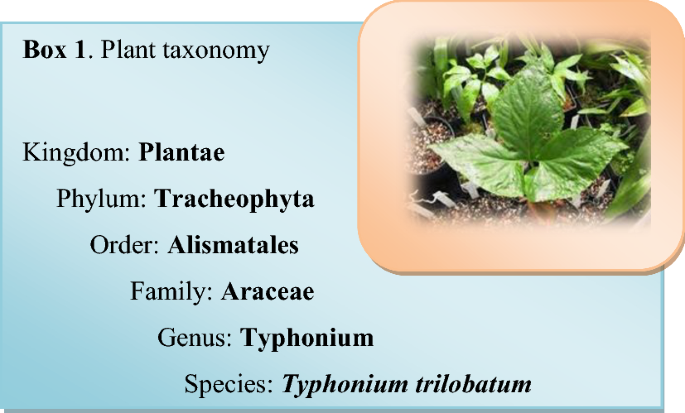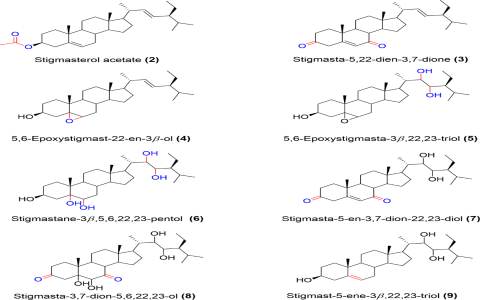My Little Adventure with Bai Fu Zi (Typhonium Rhizome)
Alright, so let me tell you about this one time I decided to get up close and personal with Bai Fu Zi. You know, that Typhonium rhizome thing folks in traditional circles sometimes talk about. It wasn’t like I woke up one day and thought, “Hey, let’s play with potent herbs!” Nah, it was more out of sheer curiosity, and frankly, a bit of annoyance.
I had this tiny, stubborn spot on my skin. Not a big deal, but it just wouldn’t go away, you know? Tried a few modern things, nothing. Then, I was chatting with an old fella who knows his herbs, and he casually mentioned Bai Fu Zi for things like this, but also gave me this long, serious look about being careful. That piqued my interest, and also made me a tad nervous, which is probably a good thing with these old remedies.
Getting My Hands on It and the Prep Work
So, I managed to get a very, very small piece of what I was told was processed Bai Fu Zi. Emphasis on processed, because I’d heard the raw stuff is no joke. My first thought holding it was, “This little thing?” It didn’t look like much. But then I remembered the old guy’s warning.
The plan was to make a tiny bit of powder, like they supposedly did in the old days, for external use only. I got out my small mortar and pestle. Grinding it down was interesting. It wasn’t super hard, but it had this distinct, slightly sharp smell. Nothing overpowering, but definitely… earthy and potent. I made sure to wash my hands like crazy afterwards, and didn’t touch my face during the process. I was treating it like it was radioactive, almost.

I decided not to use it pure, no way. I mixed a tiny pinch of the Bai Fu Zi powder with some plain calamine powder I had, just to dilute it massively. My thinking was, “better to be too weak than too strong.”
The “Test Drive” and What I Noticed
Okay, so I had this slightly off-white powder. I took a minuscule amount, barely anything, on a cotton swab, and dabbed it just on that one annoying spot. I didn’t rub it in, just a little dab. And then I waited, kind of like a scientist with a very uncontrolled experiment.
Here’s what I observed:
- A slight warming feeling: Almost immediately, I felt a very, very faint warmth on the spot. Not burning, not itching, just… a subtle warmth. Interesting.
- Drying effect: Over the next few hours, I noticed the spot seemed to be drying out. Faster than usual, I thought.
- The smell lingered a bit: Even that tiny amount, I could faintly smell that earthy, sharp scent if I got really close. It definitely has a strong character.
I only did this for a couple of days, once a day, with that super diluted mix. The spot did clear up quicker than I expected. Was it the Bai Fu Zi? Was it the calamine? Was it just its time to go? Who knows for sure, right? But it definitely seemed to have a powerful drying and, well, “active” quality to it.

So, My Two Cents on Bai Fu Zi
After this little experiment, I can tell you Bai Fu Zi isn’t something to mess with casually. It feels potent. Even in that tiny, diluted amount, you can sense it’s got some serious business to it. I can see why it’s traditionally used for “dispelling wind” or tackling stubborn issues, because it has that kind of robust energy.
I wouldn’t dream of using it internally without some serious, expert guidance. And even for external stuff, I’d say extreme caution and major dilution is the way to go. It’s not your friendly, everyday herbal tea ingredient, that’s for sure. It’s more like a specialized tool you bring out when nothing else works, and even then, you handle it with thick gloves and a healthy dose of respect.
Why do I even bother with these old things when we have modern stuff? Well, sometimes the modern stuff just doesn’t cut it for the small, weird things. And honestly, there’s something fascinating about understanding what people used generations ago. It’s like uncovering little secrets. But with Bai Fu Zi, the main secret I learned is: respect its power. It’s strong, no doubt about it.


